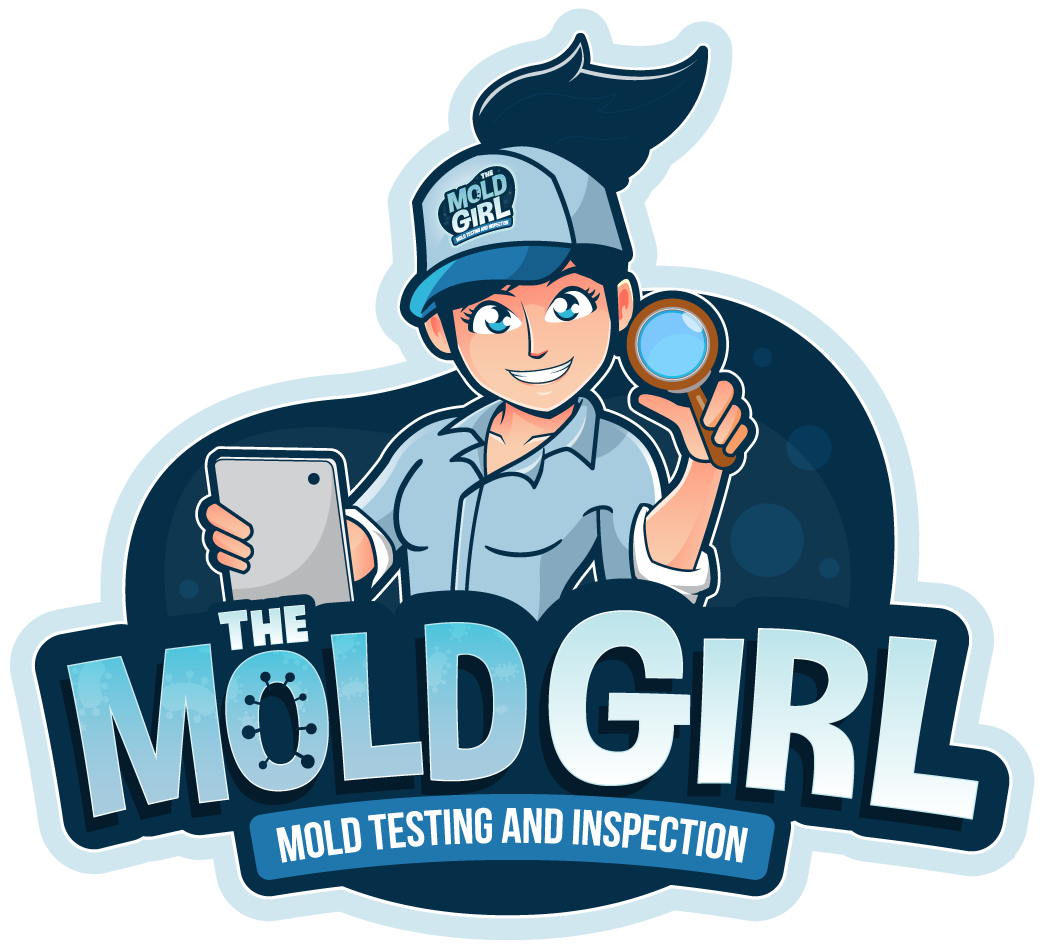MYCOTOXICOSIS
What exactly is mycotoxicosis?
Mycotoxicosis occurs when a person consumes grains or forage that contains toxic substances produced by particular fungi and becomes ill. When exposed to specific temperature, moisture, and humidity conditions, toxic fungus are frequently able to create toxic substances.
What are the signs and symptoms of Mycotoxicosis?
The signs and symptoms differ according on the species, the mycotoxin, the dose taken, and the length of time that the person has been exposed.
- Diarrhea.
- Incoordination or paralysis are symptoms of a stroke.
- Feed efficiency has been reduced.
- Both egg production and hatch ability, as well as weight gain, are lowered.
- The number of condemnations has grown.
- Shanks, combs, and bone marrows are all a pale shade.
Is it possible to tell what effect mycotoxins have on humans?
Mycotoxins are capable of causing a wide range of severe health outcomes in humans and cattle, as well as posing a serious health threat to both. Mycotoxins are capable of causing a wide range of harmful health effects, ranging from acute poisoning to long-term consequences such as immunological deterioration and cancer.
What is the treatment for mycotoxicosis?
Except for supportive therapy (e.g., food and water), mycotoxin exposure is a condition for which there are no effective treatments.
What medical conditions are related with mycotoxicosis (fungal poisoning)?
Mycotoxicoses are diseases of humans or animals caused by the consumption of fungal-contaminated foods, skin contact with mold-infested substrates, or inhalation of fungal spore-secreted toxins. They are caused by the consumption of fungal-contaminated foods, skin contact with mold-infested substrates, or inhalation of fungal spore-secreted toxins.
Mycotoxicosis is a disease that cannot be spread from person to person.
Mycotoxicoses are not contagious and do not have a significant impact on the immune system's function. Molds invade body tissues, resulting in the development of mycoses.
Mycotoxicosis is diagnosed in one of two ways: by examination or by culture.
Testing for mycotoxins in humans is an easy and often noninvasive procedure that takes only a few minutes. An ordinary urine sample is sufficient in the vast majority of instances. Additionally, testing can be done on nasal secretions, sputum, or tissue biopsy specimens that have been received from a doctor.
What is the difference between mycotoxins and mycotoxicosis?
Any substance formed by a mold or fungus that is dangerous to vertebrates when consumed, breathed, or comes into contact with the skin is referred to as a mycotoxin (biochemistry), whereas mycotoxicosis is poisoning caused by mycotoxins.
What is the difference between mycosis and mycotoxicosis?
It is commonly used to refer to the effect of mycotoxin (s), which is frequently facilitated through a variety of organs, most notably the kidney, liver, and lungs, and thus the endocrine and immune systems, whereas mycosis is a general term that refers to infections caused by fungi in humans and animals that are caused by fungi.
Contact The Mold Girl of Charlotte Today!
The Mold Girl of Charlotte will do everything we can to ensure your experience with us is excellent.
Request A FREE Estimate

